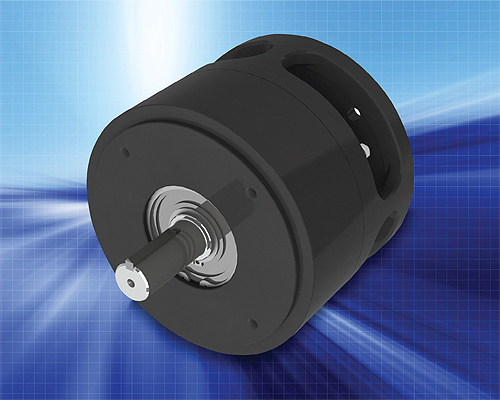Here is an alternative to spring-engaged, electrically released brakes that must energize a coil to keep the brakes disengaged, which consumes energy and creates heat inside the brakes. This excess heat degrades a brake’s ability to stop and hold the load. With FMBS brakes, however, no power is consumed while they are disengaged, maximizing brake performance and pad longevity.
The FMBS line of flange-mounted, spring-engaged safety brakes mount to NEMA C-Face motors and feature a series of springs that push a “pressure plate” against the friction surface of the brake’s disc-hub, resulting in a thrust force on the disc-hub that produces enough torque to stop and hold the load. These brakes remain engaged until air pressure is applied to compress the springs and open a gap at the interface.

Engineered for efficiency and durability, the open-housing design and finned rotor remove heat generated at the brake’s friction interface, enabling higher torque and increased cycle rates to increase productivity and decrease downtime. Further, they include programming logic on deceleration to ensure that over-lap dynamic stopping occurs. The brakes also have two bearings supporting the output shaft for overhung load capacity for right-angle drive applications.
The FMBS line of safety brakes have high thermal capacity for NEMA C-Face motors and gear reducers to meet demanding high cycle applications, such as palletizing. With continuous thermal dissipation, these brakes are able to stop more kinetic energy without overheating.
They are available in two models that provide out-of-box torque from 1080 in.-lb to 1800 in.-lb and burnished torque from 1300 in.-lb up to 2160 in.-lb, with release pressures of 55 psi and 90 psi and a maximum pressure of 120 psi. Both models feature a top speed of 1800 rpms and zero backlash input.
Nexen Group, Inc.
www.nexengroup.com
Filed Under: Brakes • clutches, Machine tools + subtractive manufacturing, MECHANICAL POWER TRANSMISSION, Motion control • motor controls





Tell Us What You Think!